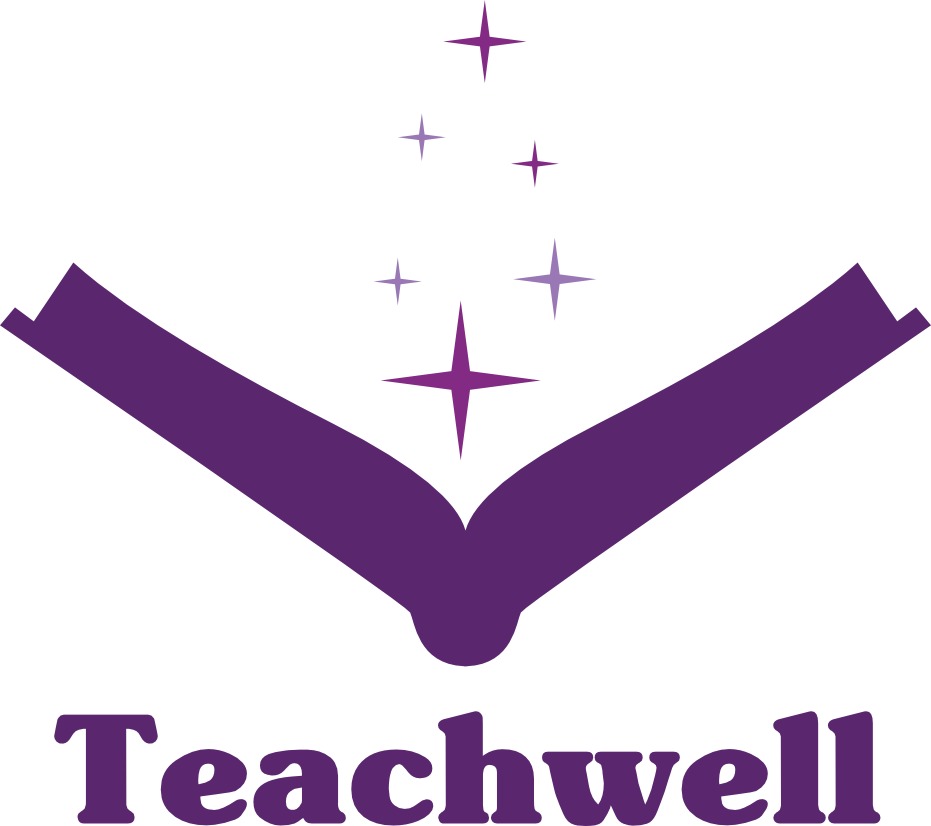Expressive Writing Mapped
Expressive Writing is a scripted Direct Instruction program created by Engelmann for pupils who have not mastered foundational writing skills.
Below is my first attempt to map it out both books against the 2014 NC objectives for reading and writing:
I have taught using Expressive Writing 1 in several primary year groups (from Year 2 to Year 6 pupils).
Unlike my mapping of the Writing Revolution, I have stuck to mapping against the aims of the program. This does not mean that other objectives are not covered (e.g. reading) or reinforced (e.g. use of noun phrases) but this is not the focus of the program.
The main focus of the program is writing composition and grammar. Each lesson consists of oral and written grammar exercises which built children’s knowledge and understanding. The aim of the last exercise is to write coherent simple sentences to create a paragraph on a topic, which they then proof-read and edit. The children are given pictures and spellings to support.
I have not taught a whole lesson through, instead I’ve taught 30 minute lessons which usually means grammar exercises one day and written composition the next.
Unfounded criticisms:
I know that Engelmann’s approach provokes a strong reaction from some edutweeters. In the main this is from teachers who have never used the materials and their impressions are not based on experience. Below, I try to address some of these:
The point of this program is not to replace English/Literature/SPaG lessons, it is taught separately.
While the program is scripted, this does not mean that everything you say in the lesson comes from the page. You are expected to circulate and give feedback (there is a script to begin with but all it’s really aiming to do is ensure feedback is focused squarely on the knowledge being learnt/practiced).
I’ve learnt a lot from the way instructions are phrased, when to repeat to ensure fluency, making explanations parsimonious and made use of some of the phrases (the part that names, the part that tells more) in other lessons.
The written compositions are not as samey as I expected (I had worried about that). There are words given to the children which reduces the cognitive load. Children are expected to use these but can and do substitute with other word choices. These are discussed when pupil’s read their out their short paragraphs.
There is less pressure on getting any one exercise correct as the pupils will encounter the same exercise multiple times. Exercises themselves are varied and it is interesting to see the steps and scaffolds used.
Some things to consider:
This is an American program and therefore some spellings and vocabulary have to be substituted. I usually just do this as we go along. The pupils are used to it now.
Engelmann uses his own phrases sometimes instead of the correct grammatical term. For example, ‘the part that names’ is usually a noun or noun phrase. While I don’t veer away in the Expressive Writing lessons, I have examined the phrases used in grammar lessons, parsing them into word categories but also by interchanging noun phrase/part that names in other lessons so that the link between the two is clear.
There is the odd thing that I have had to model in terms of layout or presentation which wasn’t included specifically in the materials (e.g. to correct above the sentence not below).
I read through the written compositions at the end of the day and give additional individual or whole class feedback the next day if I think this is necessary.
There does need to be some thought given to ensure that teachers are not giving mixed signals when children are composing writing in other subjects. I’ve used Engelmann’s phrases (e.g. the part that names) when children have composed sentences in other subjects, an approach which is paying dividends.
*If there are any errors in the spreadsheet then please let me know so I can correct thm.
